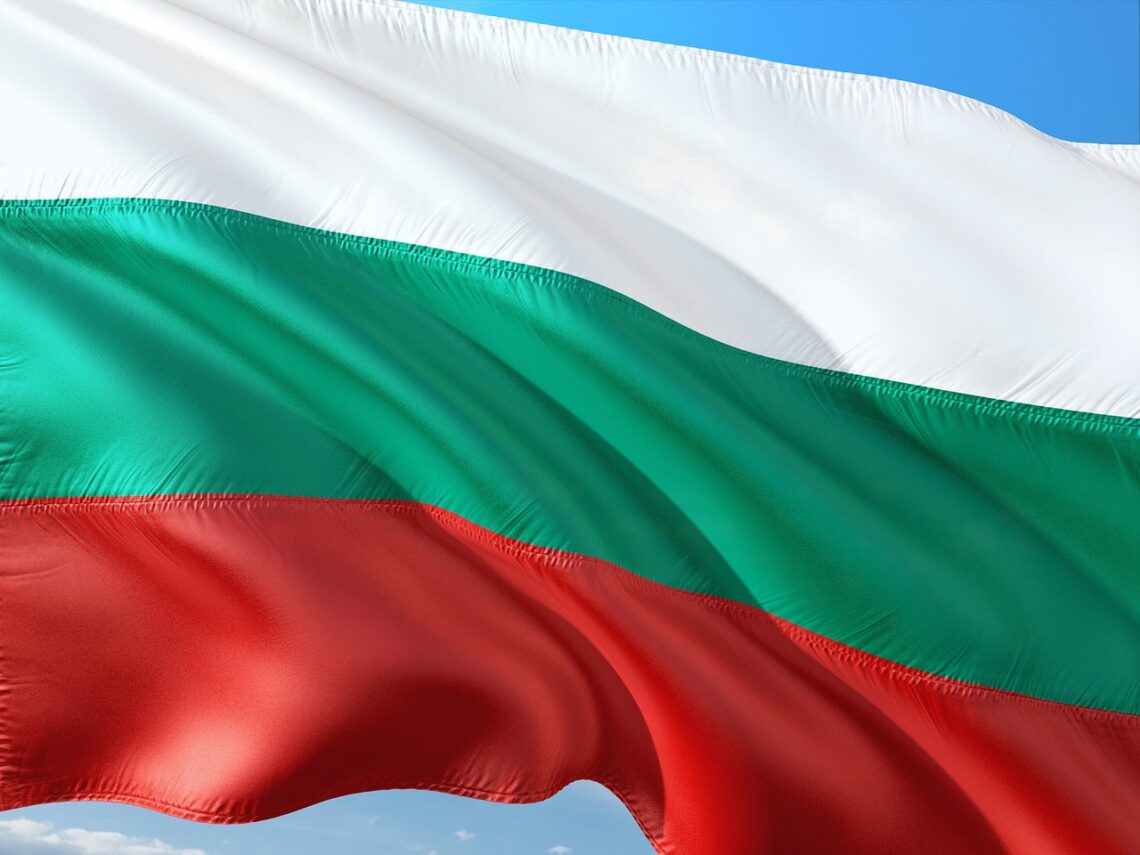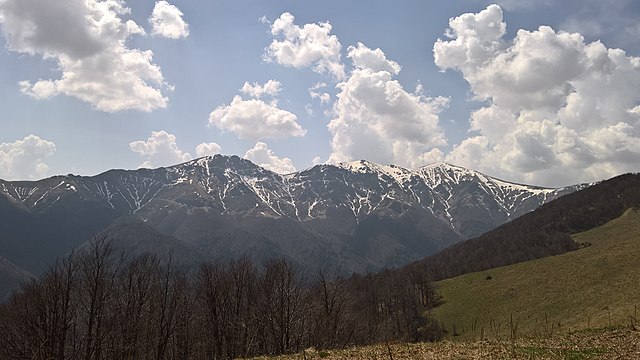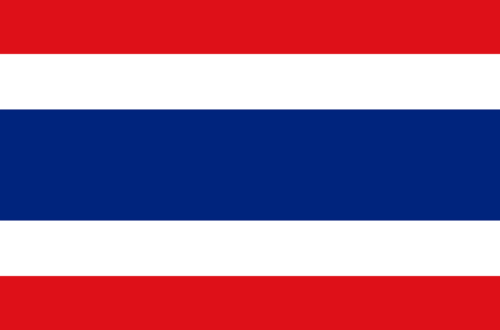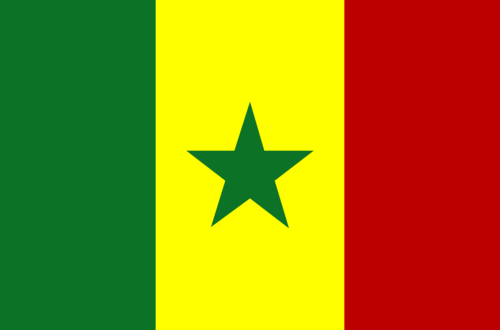
Undeniably Interesting Facts About Bulgaria
Interesting Facts About Bulgaria
Bulgaria is a country located in the southeastern part of Europe. It is bordered by Romania to the north, Serbia to the northwest, Macedonia to the southwest, Greece to the south, and the Black Sea to the east. Now let’s unearth those interesting facts about Bulgaria.
The capital of Bulgaria and its largest city is Sofia. With a territory of 110,994 square kilometers (42,855 square miles), Bulgaria is Europe’s 16th-largest country. The territory of Bulgaria has been inhabited since the Paleolithic period.
The earliest human remains found in Bulgaria have been excavated in the Kozarnika cave and are approximately 40,000 years old. By the Neolithic period, the Hamangia culture was established.
Bulgaria – a country in the Balkans
- Bulgaria is located in the southeastern part of Europe and is one of the countries that make up the Balkan Peninsula.
- The country has a population of about 7 million people and its capital city is Sofia.
- The government is a parliamentary republic and its official language is Bulgarian.
- The country has a diverse landscape that includes mountains, forests, rivers, and beaches.
- Some of Bulgaria’s most popular tourist attractions include the Rila Monastery, the Boyana Church, and the Seven Rila Lakes.
- Bulgarian cuisine is known for its variety of dishes that use fresh local ingredients such as yogurt, white cheese, meats, and vegetables.
- Bulgaria is also home to many different kinds of animals, including bears, wolves, deer, lynxes, and eagles.
Throughout its rich history, Bulgaria has been ruled by some of the world’s most powerful empires. The first empire to rule over Bulgaria was the Byzantine Empire. After that, Bulgaria was conquered by the Ottoman Empire.
Here are some interesting fun facts about Bulgaria that you may not know!
Bulgaria is one of the oldest countries in Europe. It was founded in 681 AD by a man named Asparukh, from the Bulgars, a tribe from Central Asia. That makes Bulgaria older than many other European countries, including France and Germany.
The Cyrillic alphabet was invented by two Bulgarian brothers, Cyril and Methodius, in the 9th century.
The Bulgarian flag is one of only three flags in the world that features an asymmetrical design. When it comes to Bulgaria, there are a few things that come to mind.
One of these things is the flag of Bulgaria. The single flag of Bulgaria is interesting because it is one of the few flags in the world that is not rectangular or square.
The flag of Bulgaria is also interesting because it has three colors, which are white, green, and red. The meaning of colors on the flag of Bulgaria are as follows: white represents peace and purity, green represents hope and nature, and red represents courage and bravery.
In 1987, Bulgaria set a world record by planting more than 4 million trees in a single day. The country is home to some of the oldest trees in the world, including a 1,300-year-old oak tree.
Bulgaria is also home to the world’s oldest golden treasure, which was found in a tomb in Varna. The treasure is estimated to be over 6,000 years old.
The world’s first university, which was also the oldest European university, was founded in Bulgaria by Byzantine emperor Justinian I in 535 AD. The University of Oxford was only opened four years later.
Bulgarian folk music has a unique sound that makes it different from most other kinds of folk music.
Bulgarian name days

Bulgaria is a small country located in the Balkans. The people of Bulgaria are known for their strong work ethic and their love of family. One of the most important aspects of Bulgarian culture is the celebration of name days.
Name days in Bulgaria are celebrated on the day of the saint that corresponds with one’s first name. For example, if your name is Maria, you would celebrate your name day on March 25th, which is the Feast Day of the Annunciation.
Name days are treated as more important than birthdays, and are often celebrated with large meals and gatherings with family and friends.
If you have a Bulgarian friend, be sure to wish them a happy name-day! It’s a great way to show them that you appreciate their culture and traditions.
If you enjoy walking the great outdoors or climbing mountains, then try The Rhodope Mountains which are located in southern Bulgaria and extend eastward into Greece. The range has an area of approximately 2,200 square miles (5,700 km2).
The highest point in the Rhodopes is Golyam Perelik, which rises to 7,795 feet (2,376 m). The mountains are heavily forested and home to a number of animal species including bears, wolves, and eagles.
Humans have inhabited the Rhodopes for thousands of years and the region has been home to a number of civilizations including the Thracians, Greeks, and Romans.
Today, the Rhodopes are a popular tourist destination for outdoor activities such as hiking and skiing.
Fun Interesting Facts About Bulgaria
Bulgarian UNESCO world heritage sites
Bulgaria is home to ten UNESCO World Heritage Sites, including the Thracian tomb of Kazanlak, the Rila Monastery, and the Pirin National Park. Let’s look at each of them to discover more of these most interesting facts.
Thracian Tomb of Kazanlak
The Thracian tomb of Kazanlak is a must-see for anyone interested in Bulgarian history. The tomb, which dates back to the 4th century BC, is the best-preserved example of a Thracian burial site. The tomb was discovered in 1944 by a group of archaeologists.
It is located in the town of Kazanlak, in central Bulgaria. The tomb has three chambers, each decorated with murals depicting scenes from Thracian life.
The Thracian tomb of Kazanlak is a unique and fascinating glimpse into the past. If you are planning a trip to Bulgaria, be sure to add this site to your itinerary.
Thracian Tomb of Sveshtari
The Thracian tomb of Sveshtari is a 3rd-century BC burial monument near the village of Sveshtari, in Northeast Bulgaria. The tomb is notable for its unique architecture and for the wealth of grave goods found within it.
The tomb was built for a Thracian prince, and its architecture is thought to have been influenced by Greek culture. The tomb has three chambers, each decorated with impressive frescoes. The grave goods found within the tomb include pottery, weapons, and jewelry.
Also, the Thracian tomb of Sveshtari is a remarkable example of ancient Thracian art and culture. It provides insight into the lives of the wealthy elite in Thracian society and how they interacted with other cultures in the region.
The Rila Monastery

Rila monastery is one of the most important cultural and historical landmarks in Bulgaria. It is a UNESCO World Heritage site and is one of the largest and best-preserved medieval monasteries in Europe.
The monastery was founded in the 10th century by St. John of Rila, a hermit who lived in a cave near the site. The monastery grew to become an important center of learning and culture and played a role in the development of the Bulgarian Orthodox Church.
Today, the monastery is a popular tourist destination, and its beautiful architecture and setting make it one of the most picturesque places in Bulgaria.
The Boyana Church
The Boyana Church is a medieval Bulgarian Orthodox church situated on the outskirts of Sofia. The church is notable for its frescoes, which date back to the 11th, 12th, and 13th centuries and was declared a UNESCO World Heritage Site in 1979.
Interestingly the frescoes at Boyana Church are some of the most well-preserved and intricate examples of Medieval art in Eastern Europe as they depict a wide range of religious scenes, from the life of Christ to the lives of saints.
The frescoes were painted by three different artists over the course of three centuries. The first artist was Kiro Zhekov, who painted the lower tier of frescoes in the 11th century.
Plus the second artist is believed to be Karpo, who painted the middle tier of frescoes in the 12th century, and the third artist is unknown, however, it is believed that he is responsible for painting the upper tier of frescoes in the 13th century.
The Pirin National Park
Nestled in the southern parts of the Balkan Mountains, the Pirin National Park is one of Bulgaria’s most beautiful natural sites. With its glacial lakes, alpine meadows, and centuries-old forests, the park is a haven for outdoor enthusiasts and nature lovers making it one of the best places to visit.
The Pirin National Park was established in 1962 and covers an area of 29,622 hectares. It is home to a number of rare plant and animal species, including the brown bear, the chamois, and the Macedonian pine.
The park is also home to Bulgaria’s highest mountain, Mount Vihren, which stands at 2,914 metres tall. In 1984, the Pirin National Park has declared a UNESCO World Heritage Site due to its exceptional natural beauty and importance for biodiversity conservation.
Central Balkan National Park

Bulgaria is a country located in the Balkans and it is home to many interesting places. One of these places is the Central Balkan National Park. The park is located in the central part of Bulgaria and it covers an area of nearly 50,000 hectares.
The park was founded in 1991 and it is a part of the Natura 2000 network. The park is home to many rare and endangered species of plants and animals. In order to protect the park and its inhabitants, it is forbidden to hunt or fish in the area.
The park is divided into two main parts: the Balkan Mountains and the Danubian Plain.
Srebarna Nature Reserve
Srebarna Nature Reserve is one of the most popular tourist attractions in Bulgaria. The reserve is located in the northern part of the country and is known for its beautiful scenery and diverse wildlife.
Visitors to the reserve can expect to see a variety of birds, reptiles, and mammals, as well as a wide range of plant life. The reserve is also home to a number of rare species, making it a must-see for any nature lover.
The town of Svishtov, where the reserve is located, is also home to a number of cafes and restaurants where people can stop for a bite to eat and enjoy the view.
The Madara Rider
The Madara Rider, resembling the figure of a knight defeating a lion, is carved into a 100-m-high cliff near the village of Madara in northeast Bulgaria.
Madara was the principal sacred place of the first Bulgarian Empire before the conversion of Bulgaria to Christianity in the 9th century. The Madara Rider is thought to date back to the early 8th century and is one of the most important archaeological sites in Bulgaria.
The Madara Rider has been declared a UNESCO World Heritage Site and is a popular tourist destination. The carving is an impressive example of Early Byzantine art.
Rock-Hewn Churches of Ivanovo

Bulgaria is home to a number of stunning rock-hewn churches, the most famous of which are located in the Ivanovo region.
These churches, carved out of solid sandstone cliffs, date back to the 13th century and were built by the Second Bulgarian Empire. The rock-hewn churches of Ivanovo are a popular tourist destination and offer visitors a unique glimpse into the past.
The churches are well preserved and provide insight into the religious beliefs of the people who built them. There are a total of 30 rock-hewn churches in Ivanovo, 26 of which are open to the public.
The most popular church is the Church of St. Demetrius, which features beautiful frescoes and intricate carvings.
The Ancient City of Nessebar
The city of Nessebar is one of the oldest cities in Bulgaria. It is located on a small peninsula and is full of historical landmarks. The city has a long history dating back to the Thracian times.
Nessebar was an important city during the Byzantine Empire and was even declared a UNESCO World Heritage Site in 1983. Today, the city is a popular tourist destination for its beautiful architecture and rich culture. The city is home to many museums, galleries, and cafes.
Visitors can enjoy a long walk along the seaside promenade, which is also a popular spot for people-watching.
John Vincent Atanasoff, an electrical engineer, and physicist is credited with inventing the first electronic computer.
Although his work was not widely known outside of academic circles, his impact on the field of computer science is significant.
Here are some interesting facts about Atanasoff and his work:
Atanasoff was born in New York City in 1903 to Bulgarian immigrants. He showed an early interest in science and mathematics and went on to study engineering at Cornell University.
Atanasoff’s most notable achievement was the development of the first electronic computer, which he created with graduate student Clifford Berry. The machine, called the Atanasoff-Berry Computer (ABC), was designed to solve systems of linear equations.
It is considered by some to be the first computer, but it never operated as intended and was dismantled in 1942. The ABC is also notable for its use of vacuum tubes and high-speed switches, which were not well-suited for sequential operations.
Although the ABC was never completed or publicly demonstrated, Atanasoff’s work laid the foundation for future computers.
Interesting Facts About Bulgaria
Bulgarian Rose Oil
Bulgaria is the world’s leading producer of rose oil. Bulgaria produces a wide variety of rose oil products which are exported to many countries. The essential oil is also used in food, perfume, and cosmetics.
The largest Bulgarian producer of rose oil is the Bulgarian Rose Oil Company (Balvazara), located in Kazanlak.
Rose oil has been used for centuries in Bulgaria for its therapeutic properties. The Rose Valley in Bulgaria produces over 60% of the world’s rose oil.
The Bulgarian Government
The Bulgarian government is a unitary parliamentary republic with a president as the head of state. The prime minister is the head of government, and there are three deputy prime ministers. The Council of Ministers is the main decision-making body in the executive branch, and its members are appointed by the prime minister.
Bulgaria has a multi-party system, with two major parties and several smaller parties. Parliamentary elections are held every four years, and the president is elected for a five-year term.
Bulgaria’s economy is based on industry, agriculture, and tourism. The country’s main exports are machinery, pharmaceuticals, wood products, textiles, clothing, and food.
Tourism is an important part of Bulgaria’s economy, with over 9 million visitors in 2016. The government is working to improve infrastructure and attract more foreign investment.
Enjoying this article? then why not read Interesting Facts About Lebanon and discover more fun facts,
Bulgaria in World War II
Bulgaria was a small country that became embroiled in World War II. They were allied with Germany, but many Bulgarians did not want to fight, some even deserted the army and committed acts of sabotage.
In the end, Bulgaria was defeated and occupied by the Soviet Union. Many Bulgarians lost their lives during the war, but the country has since rebuilt itself, and today, Bulgaria is a member of NATO and a member of the European Union.
They are a peaceful nation that is working to create a better future for all its citizens.
The Bulgarian army has a long and proud history, dating back to the 9th century. Here are some interesting facts about the Bulgarian army:
The first Bulgarian army was formed in the 9th-century ad, during the reign of Prince Boris I.
The army played a crucial role in the establishment of the Bulgarian state.
During the Middle Ages, the Bulgarian army was one of the most formidable in Europe.
In the 14th century, the Bulgarian army defeated the mighty Ottoman Empire in several battles.
However, by the 19th century, the Ottoman Empire had regained control over Bulgaria.
During World War I, Bulgaria sided with Germany and Austria-Hungary. -As a result, Bulgaria lost much of its territory after the war.
Bulgaria is a landlocked country in southeastern Europe.
The Bulgarian army has a long and proud history, dating back to the Middle Ages.
Today, the Bulgarian army is a modern force, equipped with the latest weapons and technology.
The Bulgarian army is small but well-trained and highly capable.
The Bulgarian army has a long tradition of service to the country and its people.
The Bulgarian army is committed to protecting the country’s sovereignty and territorial integrity.
The Bulgarian army is also responsible for disaster relief and humanitarian assistance operations within Bulgaria and abroad.
The Bulgarian army is an important part of the country’s national defense system and plays a vital role in safeguarding Bulgaria’s interests both at home and abroad.
And finally, one last fun fact to finish on; Lactobacillus bulgaricus is a lactic acid bacteria that is commonly used in the production of yogurt. The bacteria are native to Bulgarian yogurt and were first isolated in 1905 by Bulgarian physician Stamen Grigorov.
Lactobacillus bulgaricus is a rod-shaped bacterium that is typically found in fermented milk products. The bacterium helps to give Bulgarian yoghurt its characteristic taste and texture. Lactobacillus bulgaricus has several good health benefits, including the ability to improve digestion and boost the immune system.





One Comment
Pingback: